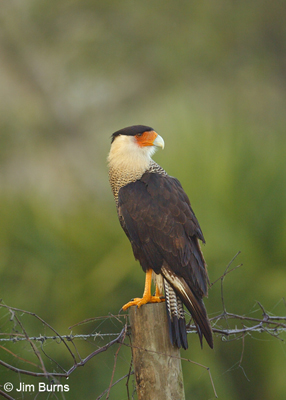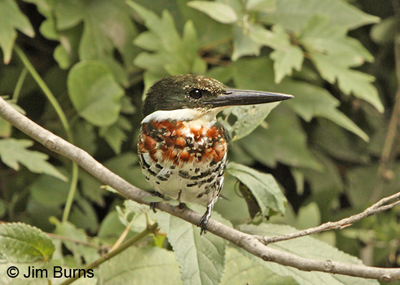
I recently spent a long weekend at the home of a friend who has retired to the Texas Hill Country. Though odonata were the main focus of the trip, we spent a lot of time talking birds because my friend is a trained biologist, a generalist in his outdoor knowledge who’s probably forgotten more about birds than I’ll ever know. I was blown away with the nesting species my friend has had on his property and the species I saw while in the area.
I’m purposely capitalizing “Hill Country” because it is a totally unique ecological niche in the vast environmental diversity we call Texas, mostly underexplored and unknown by serious birders. There’s a reason for this. We birders are like sheep, following one another to the most productive hotspots. Like most birders I’ve always bypassed the Hill Country on my way to the Lower Rio Grande Valley (LRGV) to see its so-called specialties concentrated there in half a dozen or so locations.
Although it is suffering through a prolonged and potentially devastating, natural history changing drought, the Hill Country is a rugged and beautiful twenty-five county postage stamp on the map of Texas, high desert with low pinon/juniper hills, pines on the peaks, cut by numerous riparian canyons carved by clear, spring fed rivers. Wait until you hear my partial list of birds, most of which I saw as Lifers in the hot, humid, overcrowded, flat, and scenically challenged LRGV.
I’m reminded that my Arizona birding mentor, Pat Beall, had this thing about finding her own birds, disdaining to seek information from other birders or follow the crowd. Though she never withheld information and didn’t disown me when I increasingly relied on information from others as I got more involved in photography, she always found her greatest pleasure in discovering old species in new locations and new species in old locations. I suspect listers who become too serious about their lists miss out on this, arguably the greatest joy of birding.
Here’s what has nested on my friend’s property, six hours or 350 miles northwest of the LRGV: Groove-billed Ani, Elf Owl, Couch’s Kingbird, Black-capped Vireo, Tropical Parula, Golden-cheeked Warbler, and Audubon’s Oriole. Here are the species I saw in three days there after the breeders had gone silent or left: Crested Caracara, Ringed Kingfisher, Green Kingfisher, Vermilion Flycatcher, Great Kiskadee, Green Jay, and Olive Sparrow. Oh, and we had a vocal Solitary Sandpiper working along a shaded stretch of the Nueces River. Who knew!? Certainly not this lifelong serious birder.
Try it for a few months. Quit parsing the listserves. Drop behind the flock. Explore on your own. Find new places. Get back to the joy of just being out there. It’s a kick. Isn’t that why you started birding in the first place?
